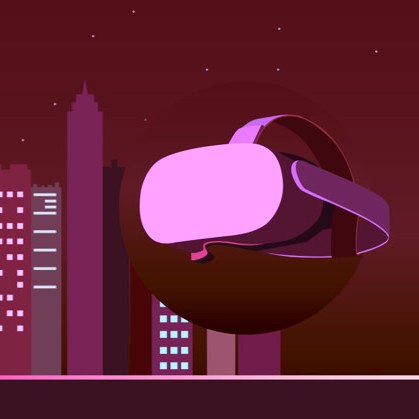Niantic is releasing a platform for creating so-called “real-world metaverse apps”. According to CEO John Hanke, the platform is built around the components needed to stitch together the digital and real worlds.
Technology company Niantic, best known for Pokémon GO, has announced that it will release today Lightship, an augmented reality development kit (ARDK). The tool aims at making augmented reality experiences development more accessible.

“Outdoor metaverse”
In real time, Lightship allows mobile apps to determine the environment, surface, area depth that their camera is pointing at.
Niantic CEO John Hanke referred to his blog post in which he declared the metaverse a dystopian nightmare. But Niantic envisions an alternative: a metaverse that brings people together in person, rather than in a virtual setting.
Currently, Niantic’s games emphasize outdoor activities and meeting new people. Indeed, some features could only be accessed by working together simultaneously, before Pandemic-era adjustments enabled remote play. Furthermore, people formed local Discord communities in 2017 to coordinate real-world encounters.
“At Niantic, we believe that humans are happiest when their virtual world leads to their physical world,” Hanke said. “Unlike science fiction metaverses, real-world metaverses can use technology to enhance our experience of the world in which we live”.
The new Lightship ARDK allows developers to use the foundations of the company’s games for new projects. Additionally, Niantic is opening a $20 million venture capital fund, which will invest in companies that align with its vision.
Niantic already has partnerships with brands including Coachella, Historic Royal Palaces, Universal Pictures, and many others using its ARDK.
As part of the software development kit, developers will be able to build experiences for iOS and Android by integrating with Unity, a software used for building 3D, 2D, VR, and AR experiences. Moreover, the platform offers Niantic’s three main AR features, including real-time mapping, semantic segmentation, and multiplayer capabilities, making the tools that Niantic has been developing for years available to any aspiring creator.









 and then
and then